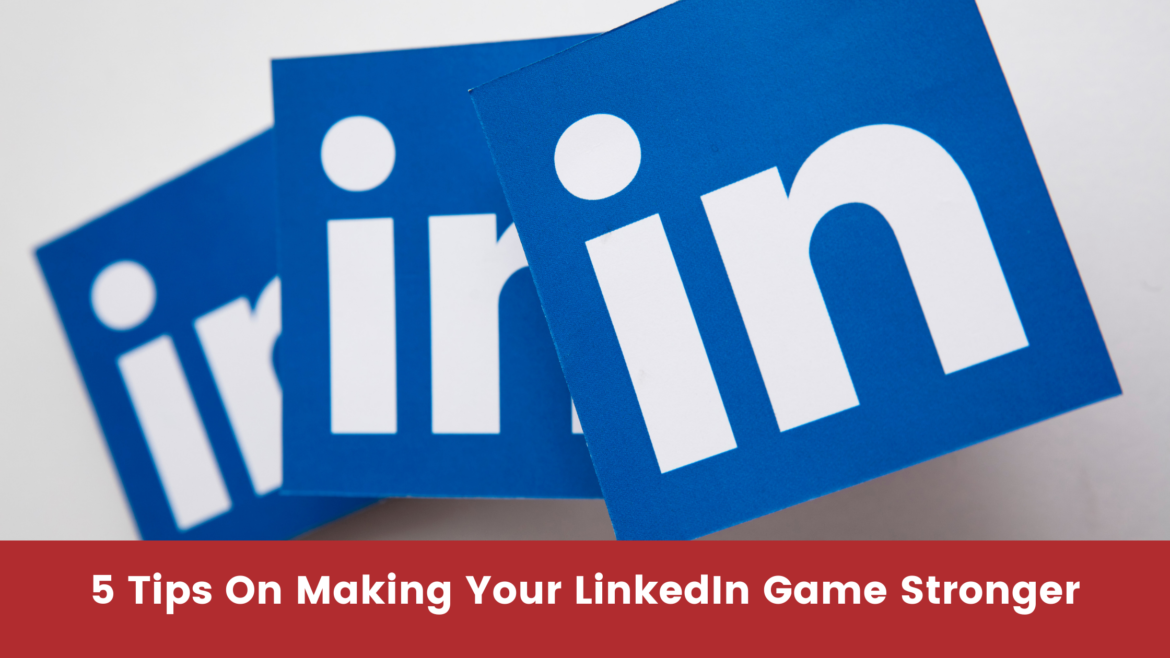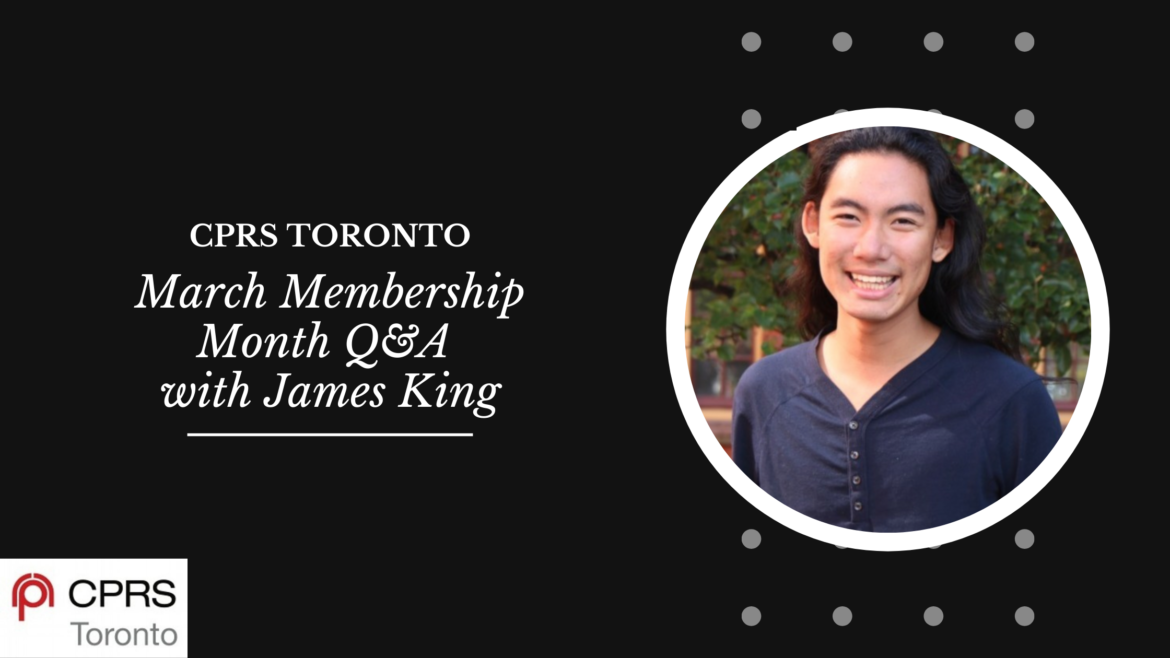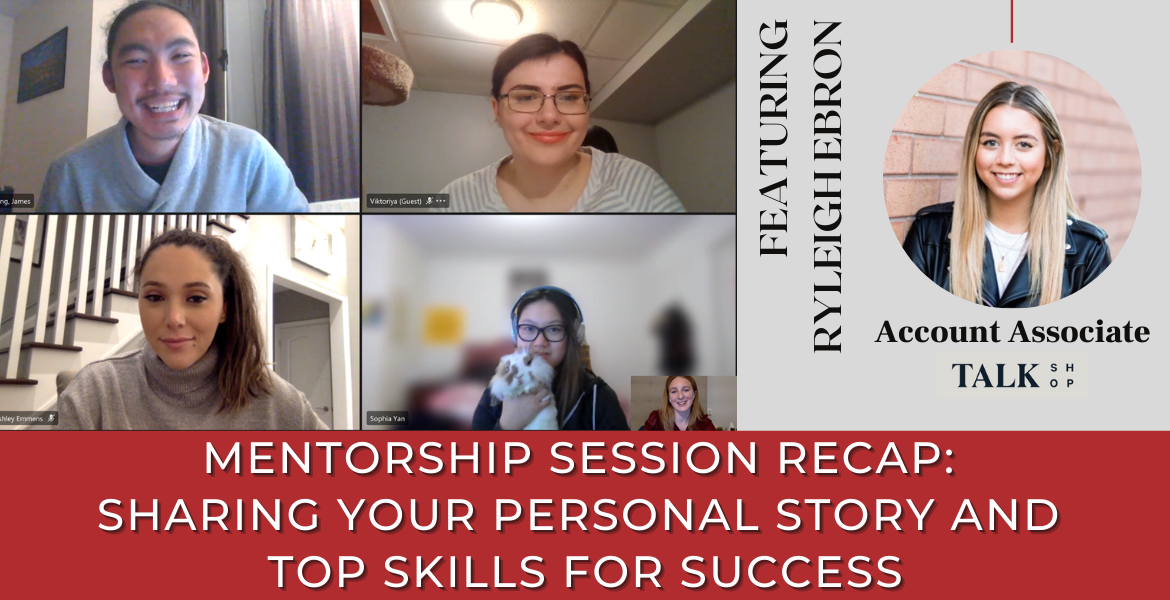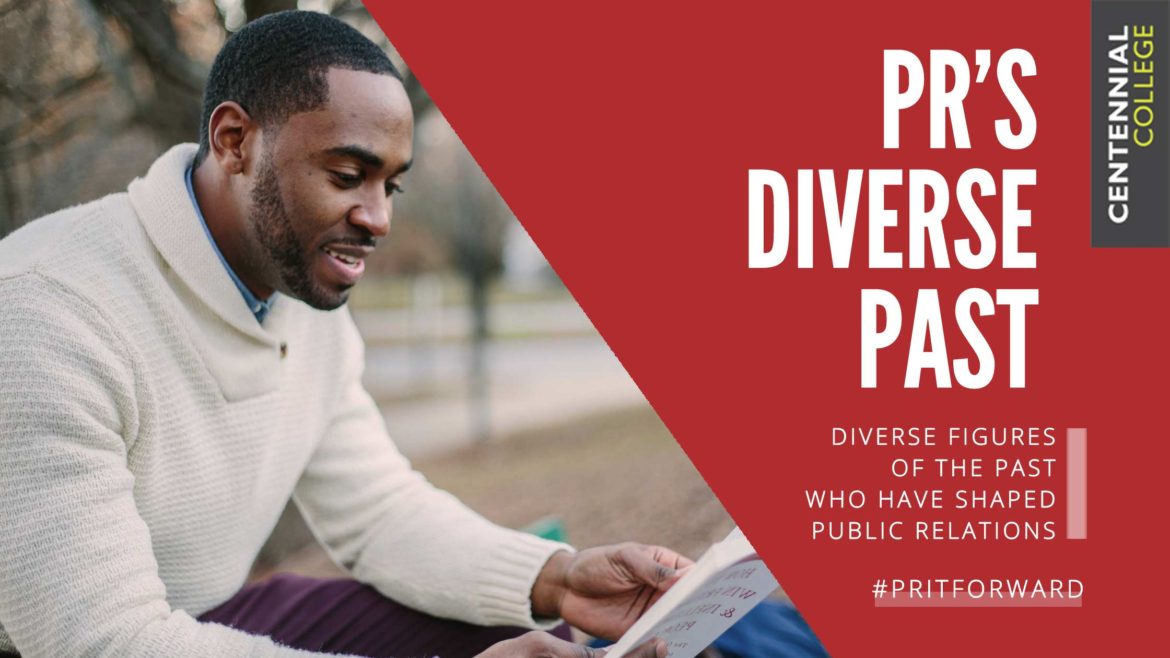Beyong the Headlines
In today’s fractured media landscape, Canadian journalists are out numbered by PR professionals and are increasingly taking on multiple beats. As PR professionals, we seek to double down on placing stories for maximum brand exposure, yet journalists are receiving an over whelmingly large volume of pitches.
Join us for a candid discussion titled Beyond the Headlines about the dos and don’ts of media outreach in Canada straight from the source – the media.
Our lineup of media professionals includes:
Lauren Toffan, Chase Producer/Writer, CTV News
Lauren is a passionate journalist and storyteller. She is currently a staff Chase Producer with CTV News Channel but she has taken on several roles working as a segment producer and writer in both breaking news and current affairs programming. Before joining CTV, she wore many hats working at CBC, ranging from digital reporter for CBC Windsor, Associate Producer for CBC’s Parliamentary Bureau and writer for CBC’s Power and Politics. She has strong news judgement, excellent storytelling skills and frequently selects pitches and conducts interviews each day. She is fascinated with the changing media landscape and hopes to contribute her skills and keep telling great stories for years to come.
Truc Nguyen, Freelance writer and editor
Truc Nguyen is aToronto-based freelance writer and full-time communications professional whose work has appeared in Elle Canada, FASHION, Toronto Life, Refinery29 and The Globe and Mail. Previously, she worked in the fashion and market departments of Teen Vogue and Vogue Living, and as a senior editor at Flare, where she styled celebrities such as Selena Gomez and Grimes for the magazine’s cover stories.
Mali Raja, Staff writer, Corus Entertainment
Mali is involved in all things content-related and acts as the face in front of and behind the camera for a number of brands in Canada. At Corus Entertainment, she creates video-first content, regularly contributes written articles and manages influencers for brands such as Slice, HGTV Canada, Food Network Canada,Showcase, History, Global TV and previously ET Canada and Complex Canada. In her free time, she is a freelance UGC creator and social media manager with a focus on fashion, food and lifestyle.
The panel will be moderated by Rasha Fawakhiri, Principal, RF Communications.
Date: Thursday, April 25, 2024
Time: 5:30 pm to 6:30 pm (EST)
Location: Virtual (Zoom)
To register for this event, please click here
Registration Fees:
First 20 Members/Student Members FREE
Members – $10.00 + HST
Non-Members – $15.00 + HST
Student Members – $10.00 + HST
Students Non-Members – $15.00 + HST
Check out CPRS Toronto’s LinkedIn and Instagram accounts for updates.
We’re looking forward to seeing you there!
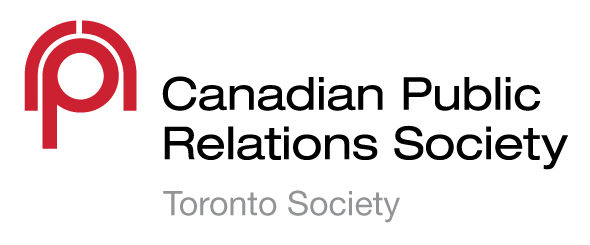




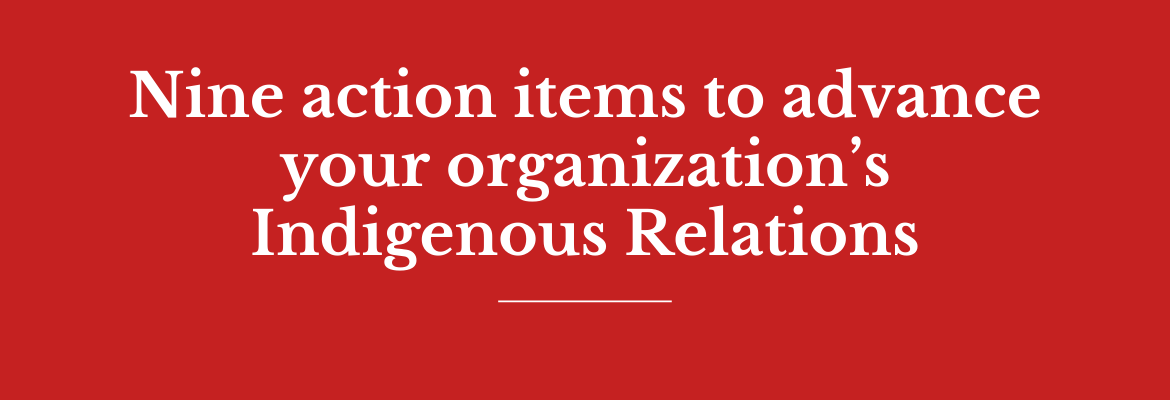


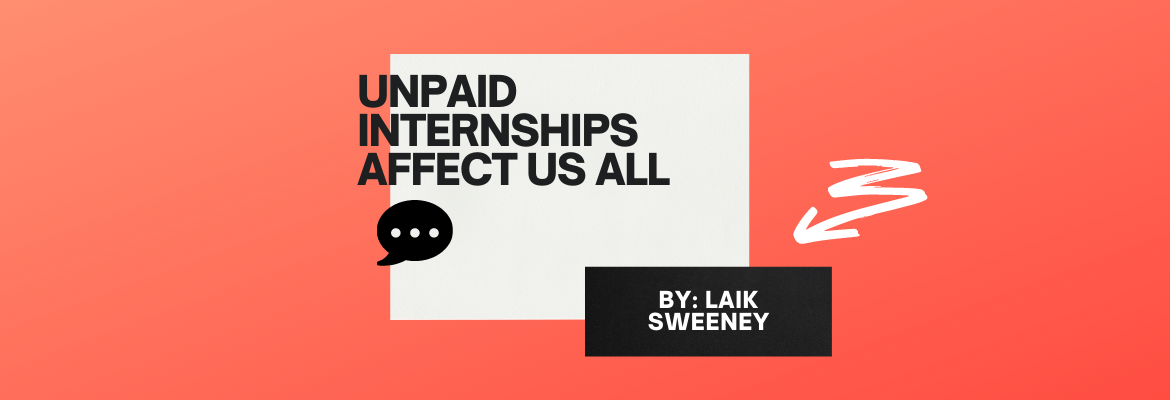

 Why should you attend this event? Carol-Ann said it best by stating it is a time to reset, a time where people can step off the treadmill of their lives and for the duration of it just take in the content and maybe even walk away making some new decisions for their lives.
Why should you attend this event? Carol-Ann said it best by stating it is a time to reset, a time where people can step off the treadmill of their lives and for the duration of it just take in the content and maybe even walk away making some new decisions for their lives.